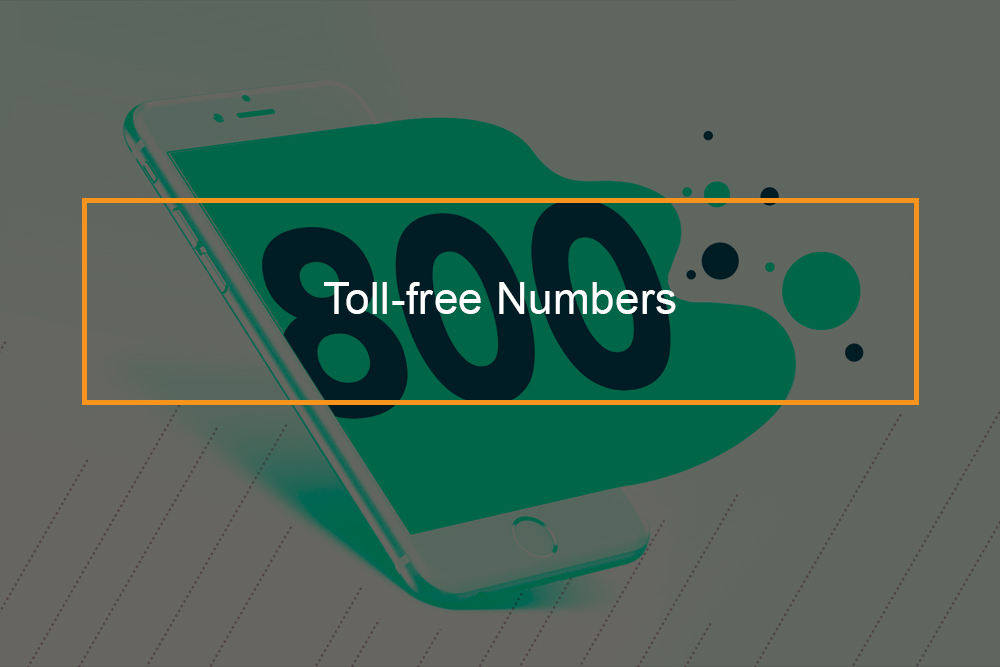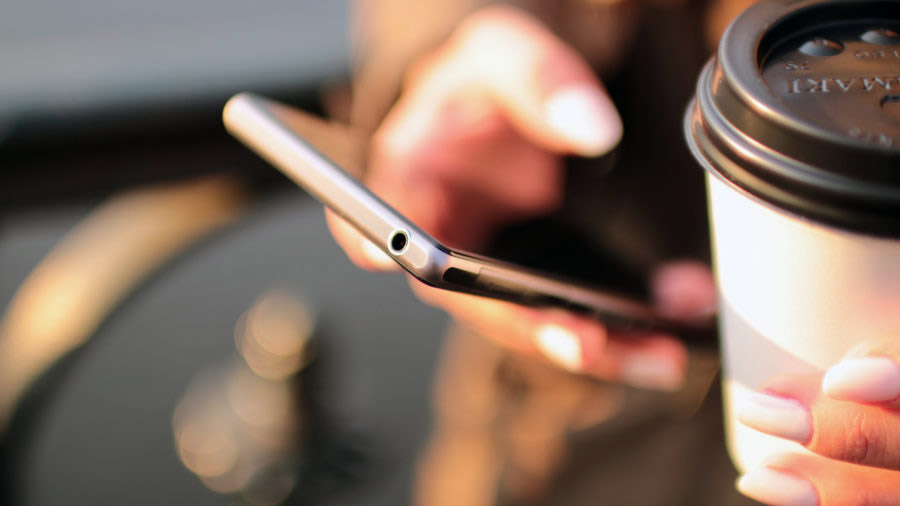Best Times To Cold Call: Increase Your Success Rate

Cold Calling at the right time increases your chances of closing a deal
Deciding the most effective times to call cold is an excellent way to boost the efficiency of your company’s sales department. Potential customers might be more inclined to hear your sales pitch depending on when they are during their day and week. Understanding What time should you not cold call? Will make you an efficient salesperson over the long run.
This article we will discuss the most appropriate time and date to make cold calls to prospects. It also explains the various kinds of sales calls, and offers tips for connecting with your customers.
Table of Contents
What Time Should You Not Cold Call?
What time should you not cold call? The most dangerous times to not call cold are 9-10:30am, 1-2:30 pm, and after 7 pm.
| Don’t Cold Call During These Times: | |
| Time | Reason |
| 9-10:30 am | The day’s meetings and agenda are top-of-mind for your prospect |
| 1-2:30 pm | After lunch, prospect is low-energy |
| 1-2:30 pm | Respect of privacy / family time |
What Is Cold Calling?

The term “cold calling” refers to the process of reaching out to clients who haven’t previously expressed interest in your product or services, or your business in any way. Cold calls can be made on the phone or on the spot (door-to-door salespeople) or via email. From the viewpoint of the customer it’s a call that is not solicited by a company with the intention of making them buy something.
If you think about the situation in this way it’s easy to understand why cold-calling gets an unpopular reputation. You’re soliciting your sales team to contact potential customers out of random, interrupt their work to create a sales message. There are a few people who don’t like cold calling regardless of whether you’re calling the client or getting off these calls.
However, it’s still a viable and extremely effective sales strategy when done correctly. Warm calling On the other hand it means that you’re calling someone who has spoken to you or is interested in purchasing an item from you. They might have completed a form or sent emails, or even contacted an agent at the conference. Naturally, warm calls have an increased conversion rate as opposed to cold calls.
What are the worst times to make sales calls?
On the flip other hand, there’s occasions when your reps should not cold call prospects. Here are a few of the worst examples:
After hours & weekends. Disrupting a family meal or a quiet time could make poor impressions. Although some people are connected all hours of the day, not everyone. It’s probably not worth it for a representative to risk it.
Too early in the morning. Most people find that early mornings are an opportunity to focus, concentrate on intense work, and complete tasks with no interruptions. If you don’t adhere to these hours, it could put your reps in poor graces.
Federal holidays. The United States. In North America, federal holidays are a big deal among people. Disrupting the Thanksgiving meal or Christmas celebrations makes your reps appear disoriented and depressed — two characteristics that won’t be helping you close more deals.
When everybody else is calling. While calling during high conversion times increases the probability of receiving an answer, it’s where there’s the greatest competition. Therefore, your representatives should be savvy. Off-hours could, contrary to what you think, be the most ideal time to contact them, simply because you won’t have to compete with them for their attention.
Reps have only the chance to make an impression. If you call potential customers when they are not welcome and at a time that isn’t ideal, they will not only lower the chance of a contract going forward, but also severely damage your brand’s image.
When Is The Best Time To Cold Call?
The ideal time to contact prospects is contingent on the industry you’re in and your prospective customer however there’s a wealth of data that point towards specific trends. The most effective time to make cold calls is between 9 am and 4 pm, when most people are working, and 10am – 2 pm are the best time to respond. According to data obtained and analyzed by PhoneBurner. It is logical that customers are more likely to answer calls during office hours, so that they can relax and unwind at night. Mornings after lunch and toward the end of the day is the best time of the day to make cold calls. It’s between 10 am and 11 am, and 3 pm to 5 pm.
When are the Worst Days for Cold Calling?
To increase the chances of success Avoid calling prospective customers on the days and times:
Monday mornings: Monday mornings are a time when people will be making plans for their week, fighting Monday blues and trying to complete tasks that were accumulated during the weekend. You don’t want to make them feel overwhelmed.
Friday: Although you must avoid calling all of the day, don’t call in the latter portion during the second half of your day. Many people are anticipating the weekend on Friday, and are less likely to begin an ongoing relationship with a salesperson.
What are the Best Days for Cold Calling?
Saturday and Sunday are the holidays for the majority of people living in the United States. Although it may appear to be the perfect time to contact them, prospects may not be as open to sales calls these days. This can result in a sense of annoyance that could hinder any subsequent calls.
Mondays are not in the question since this is among the most busy days during the week. Prospects tend to be focused on their work and will not receive calls that aren’t related to their job. Even if they do answer the phone and take a few minutes to listen to a sales pitch, the majority of prospects are too busy in their minds to know what the salesperson is giving them.
Based on the research carried out by CallHippo the ideal time to buy is at midweek.
- Tuesdays
- Wednesdays
- Thursdays
If your agent must make a call to a valued client then Wednesday is the most effective option of all three. In comparison to the number of calls made on Monday, Wednesday has 46% more.
Other Timing Factors to Consider When Cold Calling
- Time zones: Use a tool like timeanddate.com to track time zones. This can prevent you from having to call people during work hours, and also help determine your call schedule. For example, if there are people in the p.m. up to the 5 p.m period it makes sense to start by contacting prospects at EDT, and then shift towards CDT MDT then PDT.
- Busy seasons: Use a tool like timeanddate.com to track time zones. This can prevent you from having to call people during work hours, and also help determine your call schedule. For example, if there are people in the p.m. up to the 5 p.m period it makes sense to start by contacting prospects at EDT, and then shift towards CDT MDT then PDT.
- Holidays and conferences: Conferences and holidays Be sure to plan the volume of calls around holiday or vacation times, and know when conference season is in your particular industry.
- Fiscal year: The time to look for prospects at the close period of the fiscal year could be a good idea since one) they may have wrapped the major projects,) they could be planning their budget and) they might have extra budgets to spend. Remember that the dates for fiscal year are different.
5 Cold Calling Statistics That Will Change How You Prospect

Here are five key stats that can change the way you conduct your prospecting tasks:
- Best Times To Cold Call – Between 4:00 and 5:00 is the ideal. The second most effective time is between 8 and 10 pm. The most difficult times to make a cold call are between 11:00 am and 2:00 pm.
- Best Days To Cold Call – Thursday is the ideal day to call. Wednesday is the second most productive day. Tuesday is the day that’s the worst (and you’d think that it was Monday).
- Dials/Contacts Ratio – In 2007, it was on average 3.68 attempts to connect with a potential customer. In the present, it takes eight attempts.
- Number of Attempts – The average salesperson quits after only two attempts at contacting a prospect. The lesson: stay persevering.
- Decision Makers – In a typical company that has 100 to 500 employees, on average seven people are in charge of the majority of purchasing decisions. Learn to cold call several people on each account.
Tips for Cold Calling Success

The constant call to prospects is not a sexually attractive lead generation strategy. It’s outdated, and you might think of prioritizing texts or email outreach over this. However, 50% of buyers prefer calling on the phone.
In the final paragraph of this report, below are a few simple tips to help you make cold calls with results:
Create a daily cold calling action plan: Are you experiencing an unproductive sales period or are you prone to become distracted during your workday? A structured and deep-working schedule together with scheduled periods of time to prospecting by phone can be helpful.
Follow cold calling timing best practices (but…): In this article, we’ve established the following timings that work best to get higher response rates
- Early mornings, 11:00 am (right just before eating lunch) or late in the afternoons from 4 and 5pm (before the close of the day) are the most effective time to call cold.
- The week’s middle (Wednesdays as well as Thursdays) are the most productive times to contact prospects.
Also, these days and times are not suitable.
- Monday mornings (or early mornings generally) can be stressful for your potential customers. Therefore, they may not have the time to answer your calls.
- Fridays can be a problem in the midst of preparing to go out on the town (and could not make the sale).
But, the bigger picture of your business and an individual lead are important. If you notice that a prospective client is at a business gathering on Wednesday and Thursday, think about calling them on Friday.
Do not follow guidelines if it will help speed up your response time If you want to contact a lead right now even if it’s after 4:30 pm, on Friday. If you delay in responding, it could dramatically reduce your contact and rate of qualification.
Develop a convincing pitch for sales: You must develop a cold-calling script that is specific to your needs, the product you’re selling and the people you want to sell it to. It is then possible to tweak it by learning the best practices and what isn’t working.
Take notes: In lieu of costly sales seminars as well as coaching, simply do a simple workout:
- Do a lot of cold calls and keep a record of the calls
- Take note of your mistakes and correct your mistakes
This is enough to be a professional cold-caller.
Keep tabs on your sales performance: granularly monitoring your cold call conversion funnel and KPIs are crucial. It can help you see how you’re performing at different phases of your sales process.
Religiously follow up: Look to make at minimum six call attempts spread over a period of 15 days before deciding to give up on the prospect. Perhaps you can keep following up until you get a no. That’s the method I used to follow by making contact with investors 48 times in order to arrange a meeting.
Leverage automation in your cold calling: The Close CRM has an integrated predictive dialer. Therefore, you don’t have to sit and sit and wait for people to answer your calls.
Final Thoughts
It’s recommended to conduct your own research prior to making contact with a potential client. The best timing to call one person may differ from someone else. Verify their time zone and be sure that they aren’t office absent or an important launch of their product coming up.
If you make a call when you are stressed out the result is the buyer not being as patient when they call, whereas calling after an event that has been successful might result in a better conversion rate. Therefore, while these cold call stats are helpful in determining when the ideal time to make a call but they are merely an indication. Your best chance of success is through your own research, calling script, and opening line.
Frequently Asked Questions
What time is too early to cold call?
Do not call prior to 9 AM or after 9 pm so as to not wake someone sleeping. It’s rude to make a call too early or late, regardless of what time the receiver gets to get up, or what time they go to sleep. The most effective times to call cold are between 9am and 4 pm, when most people are working, and between 10 am and 2 pm are the best responses.
What time should you stop cold calling?
Some people are so committed to their success that they’ll be working for hours and hours. Some succeed due to a clear distinction between their work activities and all other activities. You can cross the line by calling prospects in the evening or even later and you may have a negative first impression. You could have disrupted family time, or even added yourself to their lives beyond their business. If it’s past 7PM the time of their location (pay attention to your timezone!) and you’re waiting until tomorrow.









